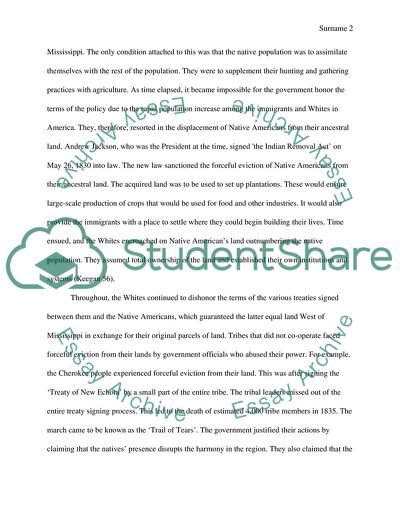Cite this document
(Persistence of Racism in Contemporary US Society Case Study, n.d.)
Persistence of Racism in Contemporary US Society Case Study. https://studentshare.org/social-science/1853076-racism
Persistence of Racism in Contemporary US Society Case Study. https://studentshare.org/social-science/1853076-racism
(Persistence of Racism in Contemporary US Society Case Study)
Persistence of Racism in Contemporary US Society Case Study. https://studentshare.org/social-science/1853076-racism.
Persistence of Racism in Contemporary US Society Case Study. https://studentshare.org/social-science/1853076-racism.
“Persistence of Racism in Contemporary US Society Case Study”. https://studentshare.org/social-science/1853076-racism.


